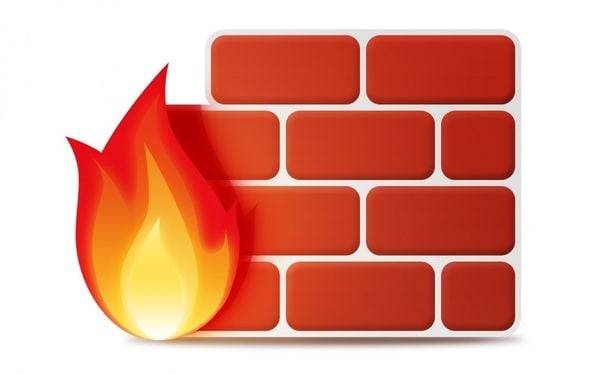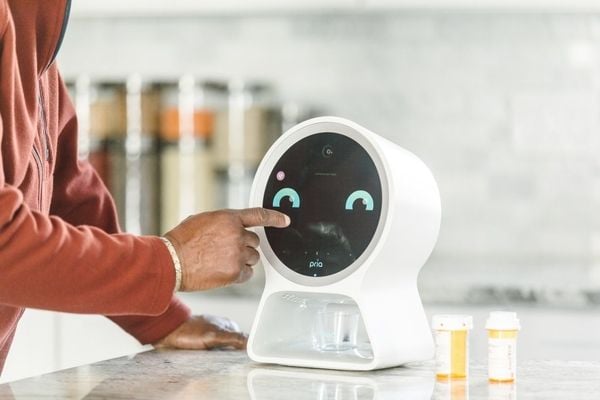
7 Free Firewall Solutions for Your Windows PC
February 18, 2020
Ethical Hacking 101: Definition | Benefits | Importance | Types
February 20, 2020Life expectancy all over the world has increased. In 1900, the average life expectancy in the United States was 49.7. Today, the average life expectancy is 78.9, and there are Blue Zones around the world where this number is higher. These places include Okinawa, Japan, Sardinia Italy, Icaria, Greece, Nicoya, Costa Rica and the only Blue Zone in the United States is in Loma Linda, California where the average life span is 10 years over the average of the United States. These Blue Zones around the world are noted as the 5 places where people live the longest and healthiest. These Blue Zones are due to lifestyle and diet, but technology is also doing its part in making the world healthier.
The world’s increasing life expectancy is a great thing, but this will also bring some new challenges to data management. We will look at how technological advancements are also helping increase people’s lifespans and the impact it has on data.

Photo Source: ces
What Technological Advancements are Helping People be Healthier?
We may not realize it or think too much of certain technologies, but technology is helping us stay healthy. A smartwatch can track your steps, heart rate, and can call for help if we experience a fall of some sort. Doctors are also using medical devices to keep track of patients in their own homes. Physicians can track a patient’s blood pressure, electrocardiographic signals, and oxygen saturation all through telemonitoring.
Telemedicine is another one of the technological advancements that are keeping people healthy. It’s is a tool that makes healthcare more accessible. Telemedicine is the remote delivery of healthcare services. With the power of the Internet and video conferencing, doctors can connect to many different facilities around the world, bringing healthcare to rural areas to those in need.
Most people reading this article may not be in a rural area, and will not need telemedicine, but there many technological advancements that can help you stay healthy. The annual technology conference CES (International Consumer Electronics Show) debuts the best technology every year. Here are some of the best health gadgets for 2019.
Touchpoint Basic is a stress reliever wearable. This watch-sized device emits haptic vibrations with different intensity levels. The bi-lateral stimulation helps slow down your heartbeat and helps you relax.
Stanley Black & Decker Pria is a home care companion. It’s a smart device that helps remind people to take their medicine, gives other reminders, and works as a video calling device so loved ones can check in with them.
Diapason is immersive therapy to help those suffering from tinnitus or constant ringing or buzzing in their ears.
There are many advancements are helping people live happier, healthier, and safer. These are just a few of the recent technologies to be introduced.

Photo Source: healthcaretechnology
How are Healthcare Providers are Changing Data Centers?
The increase of connected devices within the medical field is also increasing the workload of IT professionals in healthcare. Because of this influx, data is being moved to the cloud or edge networks for more flexibility, better performance, and increased cost savings. Some healthcare IT departments aren’t used to this much data, which is why some of it will go into offsite data centers. Although some of the data will be moved, the most important data will have to stay on-premises because of security and HIPAA protocol.
Because of these reasons, these on-premises data centers are quickly becoming advanced in its operations. And the ones that need some extra help have turned to a hybrid infrastructure.

Photo Source: hpcwire
What is Hybrid Infrastructure?
Many challenges come with an organization moving all of its data into the cloud. This is where a hybrid infrastructure can be beneficial. A hybrid cloud means a cloud-computing infrastructure that is made up of more than one type of cloud. This usually means part of the private cloud and part public cloud. Because these hybrid infrastructures integrate both on-premises private cloud and an offsite cloud—this could potentially be very useful for healthcare providers.
What are the HIPAA Requirements for Data Storage?
Healthcare data is some of the most sensitive and protected data there is. Hospitals are required to be HIPAA (Health Insurance Portability and Accountability Act) compliant when storing information. Here are the HIPAA requirements for data storage:
– Patient’s protected health information should be encrypted and secure to prevent unauthorized access. There should be an Advanced Encryption Standard (AES) for a patient’s health information.
– A secure firewall in place to prevent unauthorized access.
– There needs to be VPN access. So those with proper credentials can access the network remotely.
– A disaster recovery plan should be ready.
– Hospital and patient records need to be on a dedicated IP address cut off from the public Internet.
– Storage should be redundant, isolated, secure, with a high-speed connection.
There are also requirements for data centers to be HIPAA compliant. Learn more: https://www.colocationamerica.com/blog/hipaa-hosting-benefits
All of these requirements are to protect the patients’ health information records.

Photo Source: synersolutions
Virtualization and Software-Defined Data Center
Virtualization plays a large part in a Software-Defined Data Center and can ultimately make operations simple while saving money, energy, and time. Virtualization consolidates data, applications, operating systems, and more into a virtual environment making it more manageable. Running multiple operating systems and applications in a virtual environment simplifies the IT administrators’ job.
Having everything in one place through virtualization allows hospitals and smaller healthcare providers the ability to scale and grow. It will also help healthcare providers adopt new technology. Healthcare applications can also be launched from one location and distributed throughout the system. This can specifically be beneficial for telemedicine.
With all the advancements in technology, science, and medicine, the last thing a healthcare provider wants to worry about is how their data is being stored. Virtualization allows healthcare providers the ability to focus on their patients.

Photo Source: Medium
Conclusion
It’s amazing what technology advancements can do. These developments are increasing the world’s life expectancy. But for these technologies to continue to work, data centers will need to innovate and make sure they are ready for the data surrounding these devices. Hybrid-infrastructure, virtualization, and a software-defined data center are only the beginning. The future is exciting and we’re eager to see what technology evolutions will be and how it will impact the healthcare industry.

